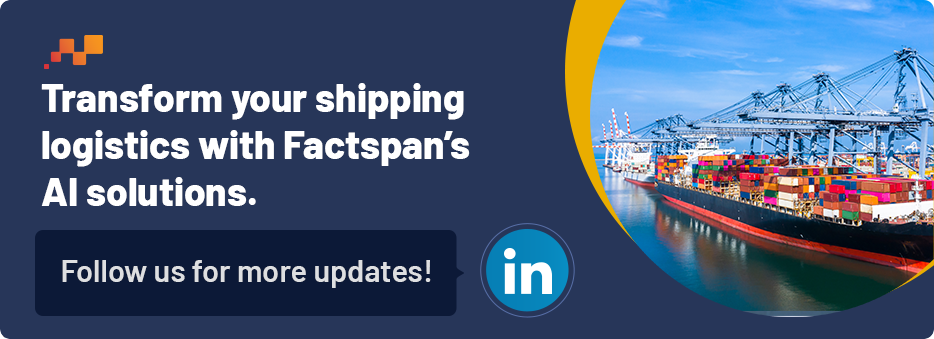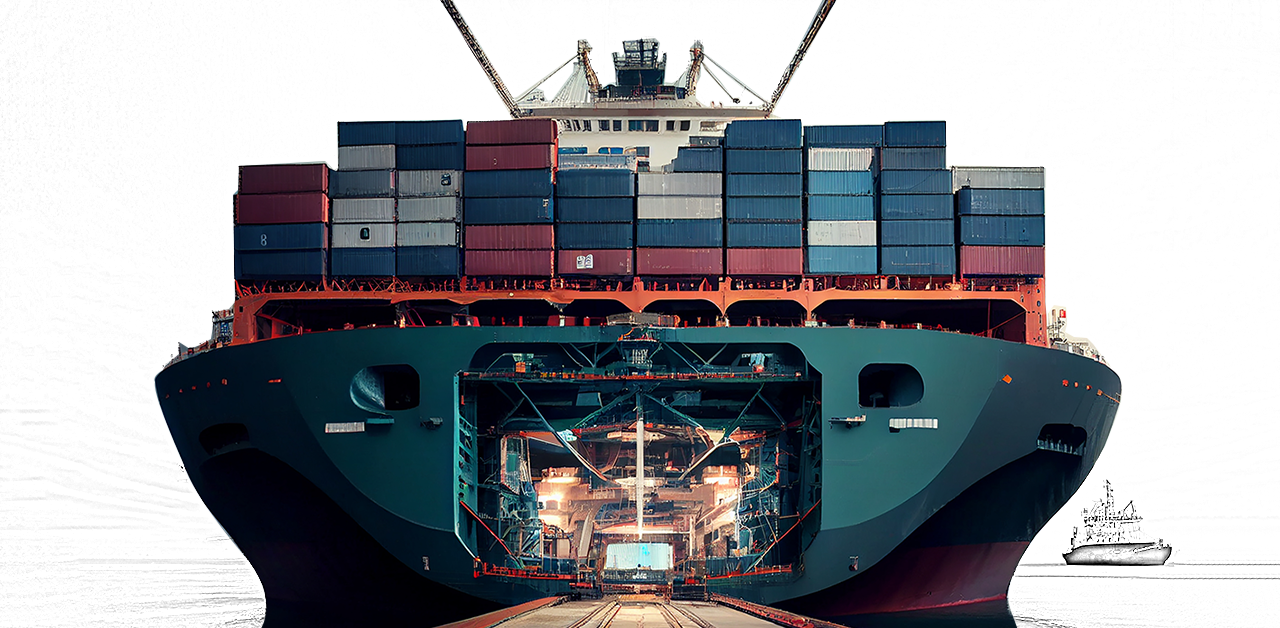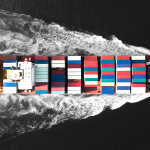International trade and shipping are a complex web of processes, timelines, and regulations. At the heart of this intricate dance lies a notorious adversary: Demurrage.
Imagine a small business owner who imported a shipment of goods from Shanghai to Rotterdam. The business owner meticulously planned the shipment, ensuring that all documentation was in order and the warehouse was ready to receive the goods promptly. However, when the shipment arrived at the port, it was delayed due to a labor dispute.
The business owner was initially understanding, but as the days turned into weeks, the demurrage charges began to mount. The business owner’s small business couldn’t afford to pay the high demurrage charges, and they began to worry that they would have to file for bankruptcy.
The business owner’s story is not unique. Between April 2020 and March 2023, shipping carriers amassed approximately $12.9 billion in detention and demurrage charges, according to data from the Federal Maritime Commission. It has the potential to wreak havoc on businesses, causing disruptions and financial losses that ripple through the entire supply chain.
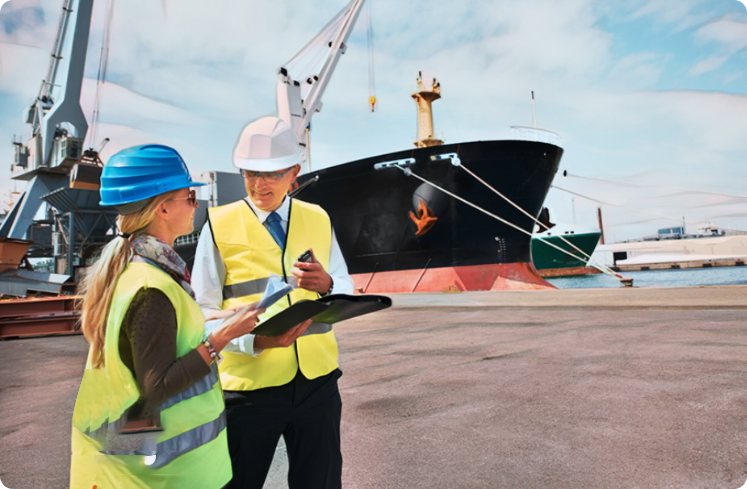
What exactly do we mean by ‘Demurrage’?
Demurrage refers to the charges incurred when a shipping container, once unloaded from a vessel, remains at the port or terminal for longer than the agreed-upon “free time.” Free time is the grace period when shippers can pick up or return containers without incurring extra charges.
Demurrage in the Case of Import

Your container arrives at the Port of Rotterdam, yet road congestion prevents your truck from reaching the port promptly. Consequently, your cargo container faces delays, leading to it being stranded at the port beyond the allowed free days. At this point, the shipping line enforces demurrage charges until your container is picked up and gated from the terminal. Typically, these charges must be settled before the cargo is retrieved from the port.
Demurrage in the Case of Export

Consider your container awaiting loading onto a vessel at the port of Shanghai. However, due to documentation issues, the container may face delays in boarding the vessel scheduled for departure. Consequently, the container must remain at the port until the subsequent departure. During this period, the shipping line will apply demurrage charges for the storage duration.
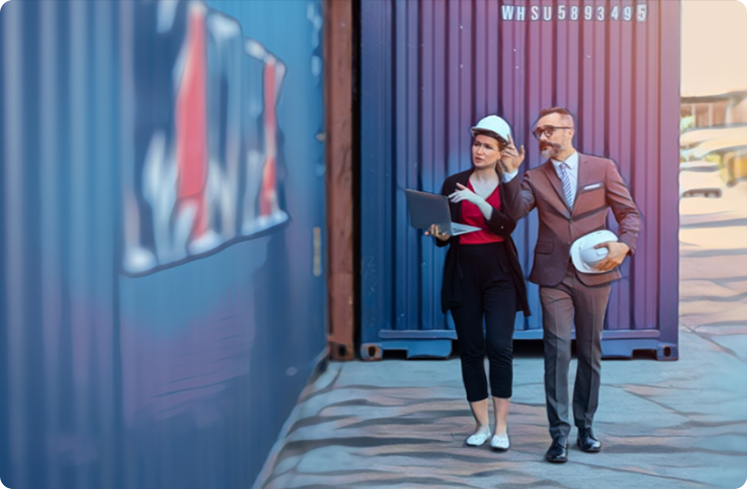
How Does Free Time Fit into the Demurrage Dynamics?
Free time essentially represents a specific period during which the use of a container does not trigger any demurrage or detention fees, in addition to the standard freight charges. The exact rates and regulations governing free time may differ depending on the specific contractual agreements and arrangements between customers and shippers/carriers.
The Demurrage Charge is the terminal charge. Generally, the customers sign a one-year contract, and they have the flexibility to negotiate the free days beyond the days available in the standard tariff plans. In the realm of container logistics, the window of “contracted free days” offered for container pick up from the container yard typically spans 3 to 7 days.
Unveiling Influential Factors That Affect Shipping Operations
Demurrage charges are intricately linked to various factors that can disrupt the smooth flow of shipping operations.
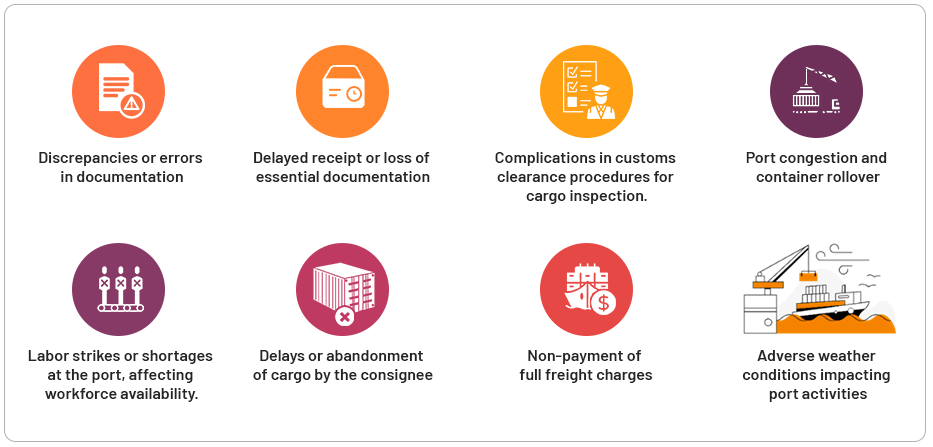
Understanding the Ripples of Demurrage
Demurrage is akin to silent predators, stealthily eroding profit margins and causing operational nightmares. The impact of Demurrage extends far beyond financial woes.
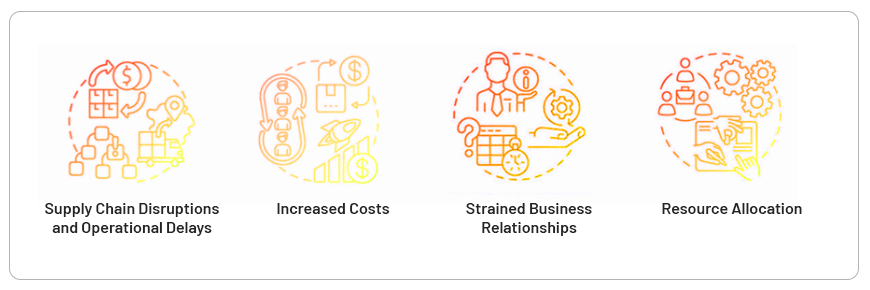
- Supply Chain Disruptions and Operational Delays: Delays in container retrieval or return can disrupt production schedules, leading to costly downtime and customer deliveries. The operational delays even hit the shipping companies.
High demurrage rates pose a significant burden to shipowners, as they increase the likelihood of unexpected delays in the loading and unloading schedules at ports. These interruptions can significantly impact subsequent schedules at other ports, leading to substantial penalty costs for ship owners. For example, the Suez Canal blockage in March 2021 incurred penalty costs of $400 million USD per hour due to logistics delays. Similarly, elevated demurrage rates can have negative implications for truckers involved in land transport of maritime cargo.
- Increased Costs: Demurrage charges accumulate daily, draining resources and impacting the bottom line. It’s like a ticking financial time bomb.
Between April 2020 and March 2023, data from the Federal Maritime Commission revealed that shipping carriers, including CMA CGM, COSCO, Evergreen, Hapag-Lloyd, Hyundai Merchant Marine, Maersk, Mediterranean Shipping Company, ONE, and Yang Ming, amassed approximately $12.9 billion in detention and demurrage charges. These fees can significantly impact customers’ cash flow and projected expenses, posing substantial challenges.
- Strained Business Relationships: Late deliveries or unavailability of containers can lead to customer dissatisfaction and damage relationships with partners and clients.
- Resource Allocation: Businesses may divert valuable resources to manage Demurrage issues, resources that could be used more strategically.
How do you Avoid Demurrage Charges?
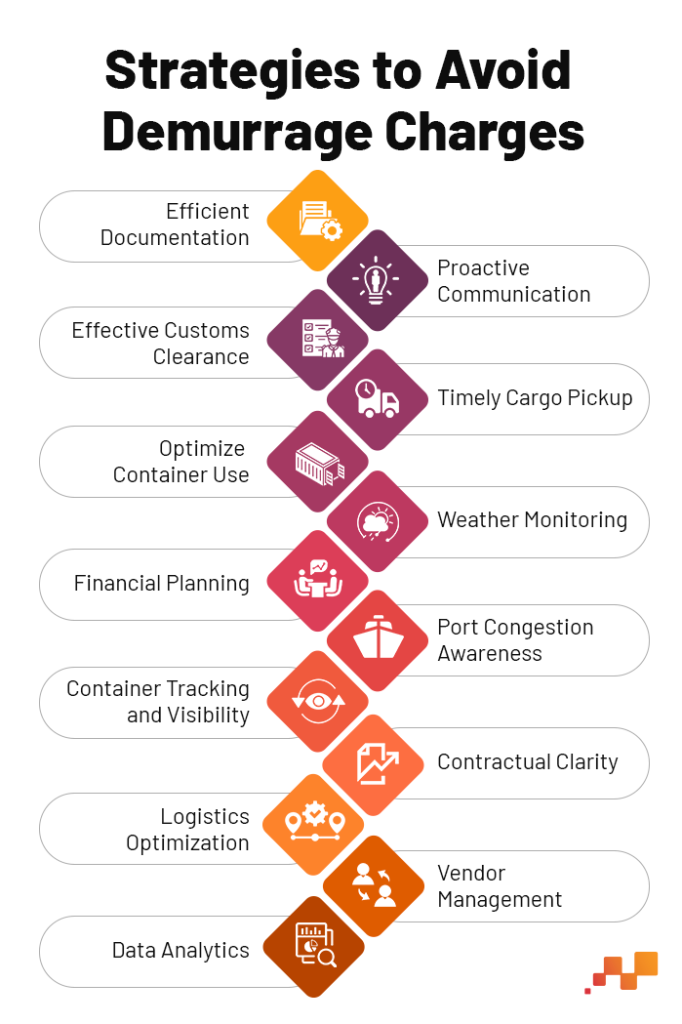
Efficient Documentation: Ensure accurate and timely completion of all documentation. Double-check details to prevent errors that can lead to charges.
Proactive Communication: Maintain open and clear communication with all parties involved in the supply chain, including shippers, carriers, and customs authorities.
Effective Customs Clearance: Streamline customs clearance processes by adhering to regulations and staying informed about changes in customs procedures.
Timely Cargo Pickup: Schedule and execute cargo pickups promptly to avoid overstaying at the terminal. Be aware of the free time allowance.
Optimize Container Use: Maximize container utilization to reduce the risk of demurrage charges. Pick the containers promptly on time.
Weather Monitoring: Keep an eye on weather forecasts and make contingency plans for adverse conditions that may impact shipments.
Financial Planning: Ensure that freight charges are paid in full and on time. Include these costs in budgeting and financial planning.
Port Congestion Awareness: Stay informed about port congestion situations and adjust logistics planning accordingly.
Container Tracking and Visibility: Utilize tracking technology to monitor the location and status of containers, facilitating timely return.
Contractual Clarity: Clearly understand the terms and conditions of contracts, especially regarding free time and charges. Negotiate terms when possible.
Logistics Optimization: Implement efficient logistics strategies to minimize delays and unnecessary container use.
Vendor Management: Work closely with vendors and service providers to align operations and prevent delays.
Data Analytics: Utilize data analytics and historical data to predict and prevent demurrage and detention occurrences. There is hope on the horizon in the form of modern technology and machine learning, which can help mitigate these challenges and pave the way for more efficient and cost-effective operations.
Handpicked Content
Want to unlock peak efficiency in shipping logistics? Learn how digital twin technology is transforming the shipping logistics industry.

In the following sections, we’ll explore how machine learning can be the antidote to these industry ailments.
Mastering the Art of Strategic Analytics & AI in Shipping Logistics
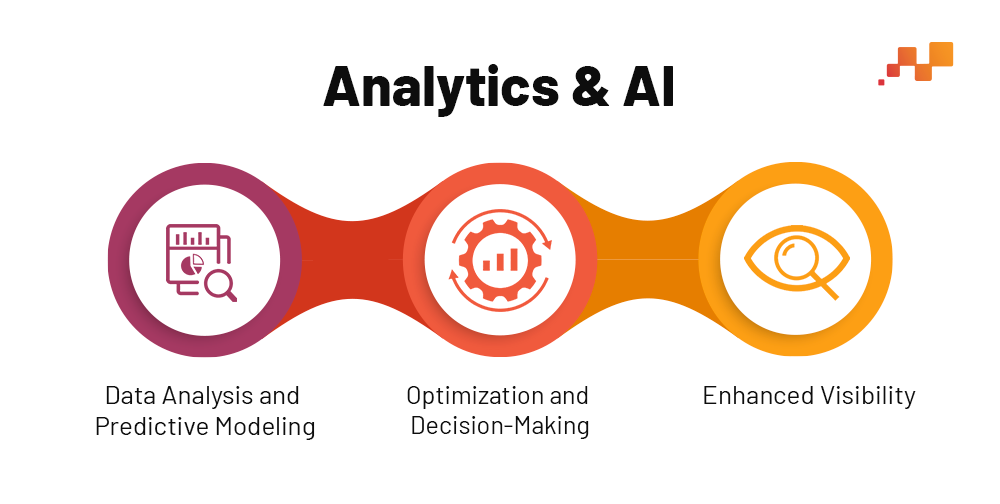
1. Data Analysis and Predictive Modeling: Analytics allows for the examination of historical data, patterns, and trends to predict potential shipping delays and logistical challenges. Machine learning models can recognize patterns that indicate future issues.
2. Optimization and Decision-Making: By analyzing data from various sources, analytics enables better decision-making. Machine learning can optimize routes, schedules, and resource allocation, reducing the chances of demurrage and detention.
3. Enhanced Visibility: Through analytics, stakeholders gain real-time visibility into their supply chain, allowing for better tracking of cargo and logistics. This visibility reduces surprises and helps in proactive planning to avoid delays.
Handpicked Content
Are you looking to accurately predict demand in ocean trade logistics? Improve accuracy, optimize inventory, and cut costs with Factspan’s predictive model.

Navigating Solutions for Efficient Operations Using Predictive Modelling
By leveraging the power of machine learning and predictive analytics, this approach not only predicts demurrage but also assists in managing it effectively. The goal is to provide actionable insights to customers, allowing them to make informed decisions to mitigate demurrage and detention issues.
Solving demurrage issues with machine learning involves a comprehensive approach utilizing various data attributes and ML techniques to predict, prevent, and manage demurrage incidents.
A detailed strategy

Data Variables and Attributes:
1. Container and Shipment Data: Attributes like container type, size, contents, and historical demurrage occurrences per shipment.
2. Port and Terminal Data: Information on terminal productivity, congestion times, and handling capacity.
3. Shipping Company Data: Company-related details, routes, performance metrics, and historical demurrage records.
4. External Factors: Weather conditions, geopolitical situations, and other external elements influencing port operations.
5. Customer-specific features: Customer historical behavior which includes the frequency, duration, and type of demurrage incurred. Customer profiles containing various attributes, such as the size of their shipments, frequency of orders, preferred shipping routes, and any unique preferences or restrictions. Relationship Metrics which represents the formal contracts or agreements between the customer and shipping company.
Handpicked Content
If you want to master supply chain visibility, we’ve got you covered. Witness how digital tools drive efficiency, cut costs, and boost customer satisfaction in logistics


1. Regression and Classification Models: Utilize regression to predict the demurrage days and classification to label containers or shipments as demurrage prone. Employing tree-based models like Random Forest, CatBoost, and XGBoost aids in achieving these predictive tasks.
2. Clustering Algorithms: Group similar containers or shipments that frequently experience demurrage to identify common patterns.
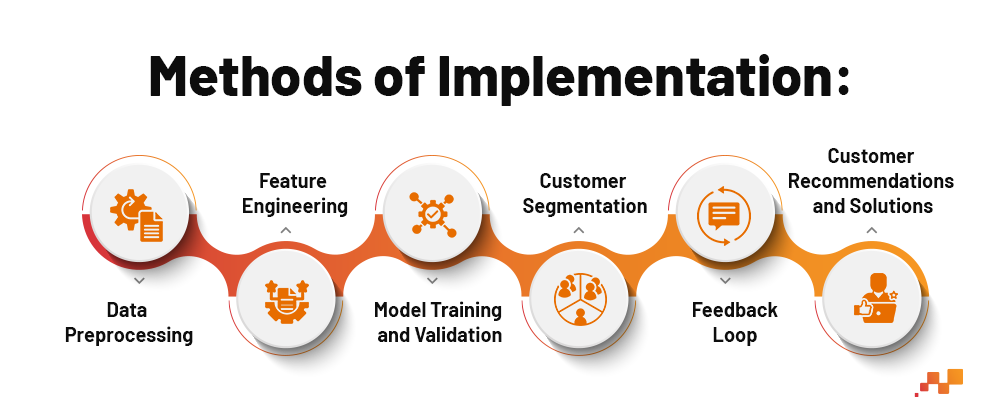
Data Preprocessing: Addressing missing values, cleaning data, and encoding categorical variables for model input.
Feature Engineering: Creating new variables to enrich the model’s predictive ability.
Model Training and Validation: Employing historical data to train models, ensuring validation through cross-validation techniques, and tuning hyperparameters for optimal performance.
Customer Segmentation: Dividing customers based on demurrage behavior and preferences to personalize predictions.
Customer Recommendations and Solutions: Delivering actionable insights such as ideal shipment times, routes, or container selections through accessible reports, alerts, or user-friendly interfaces.
Feedback Loop: Continuously improving the model by integrating customer feedback and refining recommendations.
What are some recommended solutions to improve logistics operations?
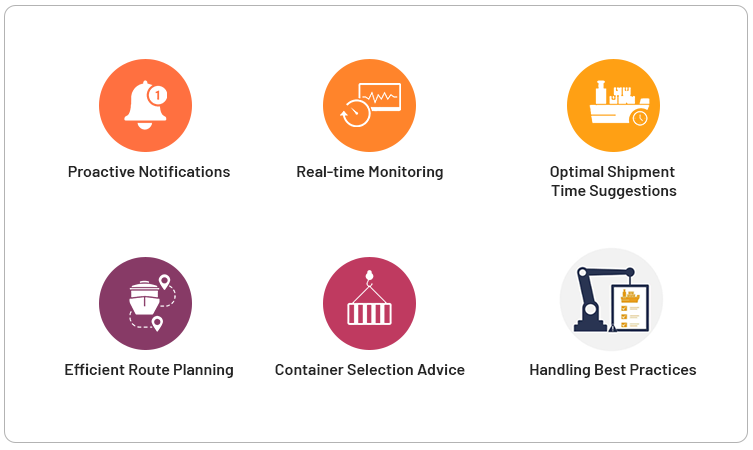
- Proactive Notifications: Inform customers about possible demurrage incidents or optimized shipping schedules in advance.
- Real-time Monitoring: Implement a system for real-time tracking of demurrage incidents and offer immediate resolutions through dashboards.
- Optimal Shipment Time Suggestions: Analyzing historical data to identify non-peak periods for shipment dispatch. For instance, avoiding periods when ports or distribution centers are over capacity can reduce delays and demurrage fees.
- Efficient Route Planning: Providing recommendations based on historical data regarding the most efficient shipping routes. Some routes might have better traffic, fewer bottlenecks, or more efficient handling, contributing to reduced demurrage. This recommendation helps both the shipper and the customer.
- Container Selection Advice: Educating customers about container types suitable for their specific cargo. Recommendations might include using container types that suit specific goods and are more efficient for certain transportation modes.
- Handling Best Practices: Suggesting best practices in handling and management, such as documentation preparedness, to minimize delays in clearance processes at ports or warehouses.
Mitigate Demurrage Costs to Enhance Maritime Logistics
The implications of demurrage charges, both financially and operationally, have been the subject of substantial analysis. From maritime logistics to shipping lines, the costs incurred due to delays have widespread repercussions. Understanding the complex nature of these charges is pivotal in navigating and mitigating their impact on various stakeholders in the supply chain. Addressing issues related to documentation, logistics, and efficient container management is key to curbing demurrage charges. By implementing strategic analytics, developing predictive models, adopting innovative solutions, and streamlining processes, the industry can work towards reducing demurrage-associated expenses, thus ensuring smoother and more cost-effective operations for all involved.
Learn more about our logistics optimization services and how we help businesses minimize demurrage charges through optimized logistics solutions.
